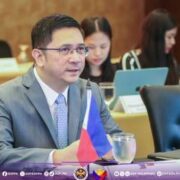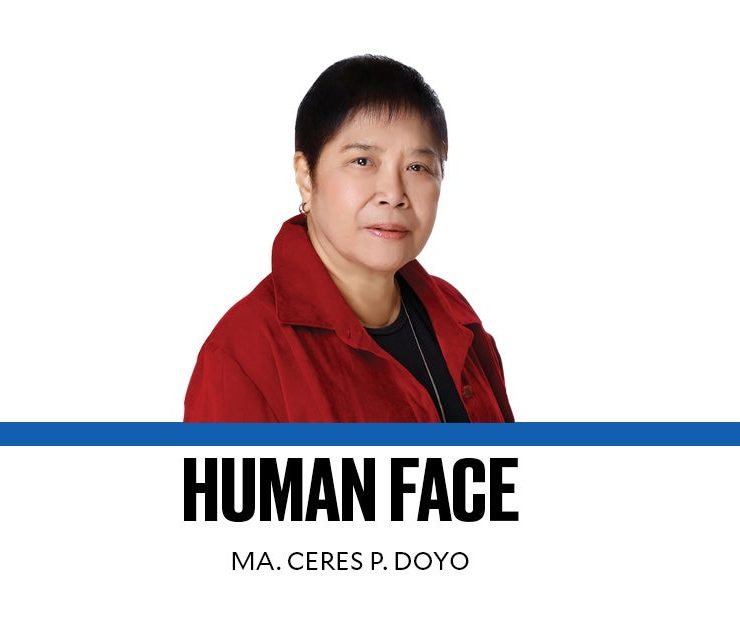Norzagaray: A blueprint to end illiteracy in PH

The state of education in the Philippines has been a source of national concern, and for good reason. The 2022 Program for International Student Assessment results, which found that 75 percent of our students are low performers in core subjects, and a 2022 World Bank study showing that 91 percent of our 10-year-olds struggle with reading simple texts, paint a grim picture. Yet, amidst these sobering statistics, a beacon of hope shines brightly in Norzagaray, Bulacan, offering a powerful counter-narrative and a clear blueprint for success.
In a striking reversal of national trends, the schools in Norzagaray have engineered a significant increase in student literacy. Their success is not a matter of chance, but the result of a concerted, collaborative effort that we at the Second Congressional Commission on Education (EdCom II) believe can, and must be, replicated across the nation.
What is the secret to Norzagaray’s success? It lies in Project BRIGHT (BRIdging Gaps through Helpful Tools), a powerful collaboration between the Department of Education (DepEd) schools, dedicated teachers, engaged parents, and a highly supportive local government. This initiative has led to the elimination of illiteracy among their Grades 1 to 3 students, with impressive progress among learners from “struggling” to “reading at grade-level” during the school year.
During our recent visit, we saw firsthand the intentionality and creativity that Norzagaray’s educators and leaders bring to the classroom. They have embraced a variety of strategies, from learning through play and story-reading during lunch breaks to one-on-one tutorials and the use of songs and online games to engage students. This is not a one-size-fits-all approach but a tailored strategy that meets the needs of each learner.
Crucially, the teachers in Norzagaray are not fighting this battle alone. They have highlighted several key factors that have been instrumental in their success: smaller class sizes, adequate resources, and strong support from the local government.
With a teacher-pupil ratio of 1:31 at Norzagaray Elementary School, educators can provide focused attention to their students. A 1:1 book-to-pupil ratio also ensures that no child is left without the necessary learning materials. Finally, the unwavering support from Mayor Merlyn Germar’s administration has been a game-changer. The local government has provided a Php 7,000 incentive for teachers participating in summer reading camps. The special education fund is also used to cover electricity bills of all schools, and to provide books for all students (with new books purchased and given to each learner every quarter to read and bring home).
This combination of school-led innovation and robust local government partnership has allowed educators to focus on what they do best: teaching.
The results of Norzagaray’s efforts are not just anecdotal; they are backed by data. The DepEd’s comprehensive rapid literacy assessment shows remarkable progress in Bulacan for Grades 1-3. The School District Office of Bulacan posted an average progress score of 23.72 percent in improving student reading profiles during the 2024-2025 school year, outpacing the national average of 20 percent.
Even more impressively, 60.73 percent of students in Norzagaray are now reading at their grade level, far exceeding the national average of 47.74 percent. Standout schools like North Hills Village Elementary School (61.6-percent progress score), FVR Phase 3 Elementary School (52.7 percent), and Norzagaray Elementary School (47.1 percent) exemplify this success.
We are inspired by the success of Norzagaray, which shows us in no uncertain terms that every Filipino student can read and achieve their full potential, if given the right support to succeed. The schools we have visited in Norzagaray prove that with determined school leaders and teachers, strong community support, and a formidable partnership with the LGU, we can successfully tackle illiteracy and secure a strong foundation of learning for our students. The success in Norzagaray should serve as a catalyst for a national movement to prioritize and invest in foundational literacy and numeracy skills, especially in the early grades.
The lesson from Norzagaray is clear: we have the tools, the strategies, and the dedicated people to overcome our learning crisis. What we need now is the collective will to act. Let us look to Norzagaray not as an outlier, but as the new standard for what we can and should achieve for every Filipino child.
—————-
Dr. Karol Mark Yee is the executive director of the Second Congressional Commission on Education (EdCom II).





















Why bullying thrives and bullies are protected